Ballet Port de Bras – How to Perfect Your Technique
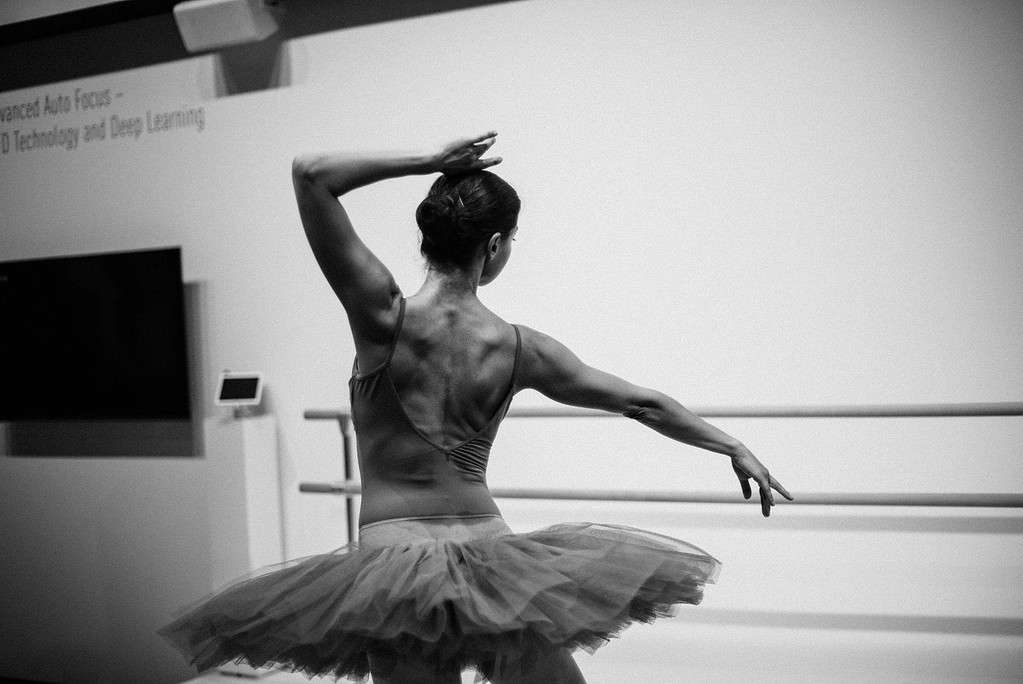
As professional dancers, we work tirelessly to mesmerise the audience with impeccable footwork, flexibility, and strength, but port de bras can truly take their breath away.
From basic positions to more abstract shapes, port de bras is an essential aspect of dance that should be prioritised from the beginning.
Once you’ve mastered the fundamentals, you’ll be able to create beautiful shapes, improve your coordination and upper body support, all at the same time!
In this blog post, I’ll provide you with beginner and professional tips to master your ballet port de bras technique.
WHAT IS A BALLET PORT DE BRAS?
A Port de Bras, otherwise known as the carriage of the arms, refers to the way dancers move and position their arms as a form of artistic expression.
It encompasses a range of arm movements and positions, starting with the basics and leading to more complex shapes.
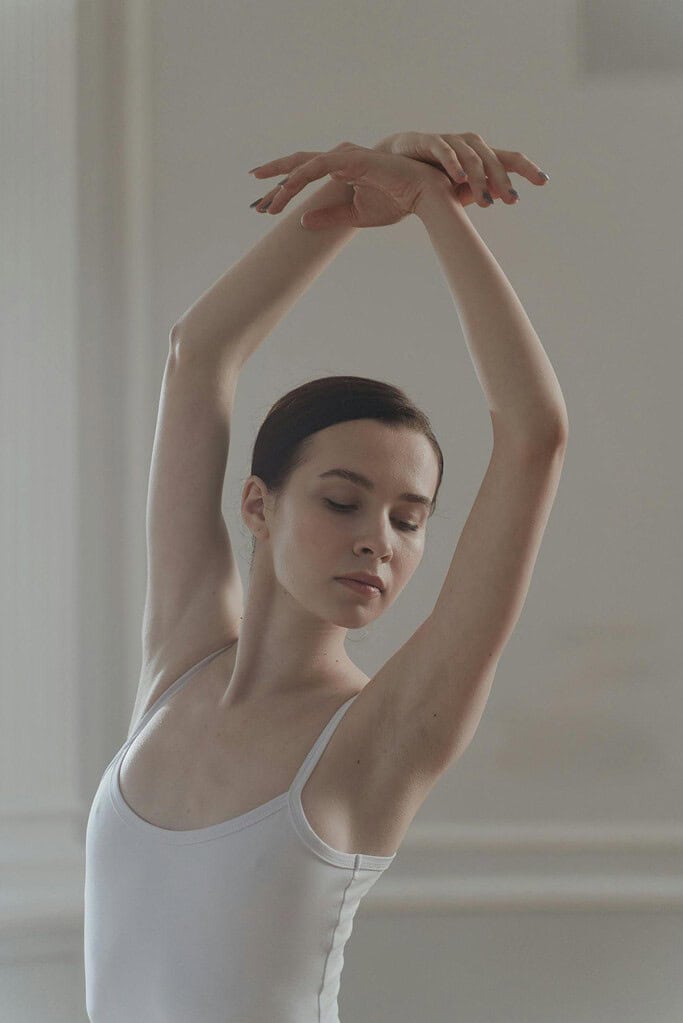
BENEFITS OF PRACTISING PORT DE BRAS
A beautiful port de bras can make you stand out from the crowd, especially during auditions!
Specifically, a port de bras:
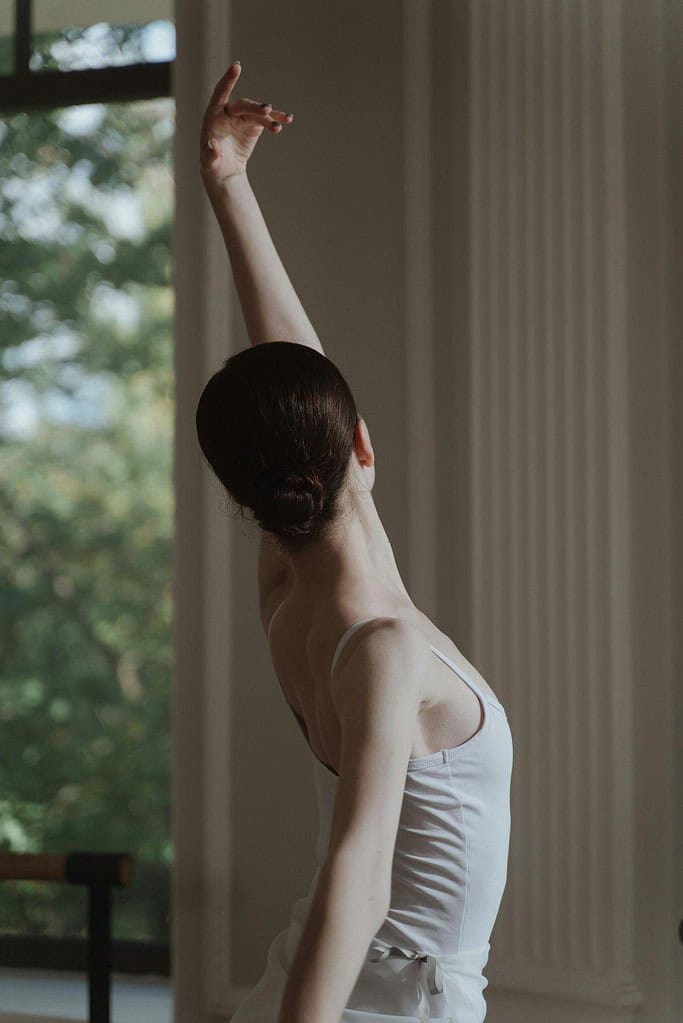
COMMON PORT DE BRAS MISTAKES
Here are three common ballet port de bras mistakes that can be easily avoided with practice and precision.
INITIATING MOVEMENT FROM THE SHOULDERS
The first common mistake during a ballet port de bras is when dancers initiate arm movements from the shoulders.
When dancers fail to effectively activate their back muscles or lack the required strength to do so, they often exhibit a shrugged shoulder appearance and a shortened neck.
This movement pattern can lead to an over-development of these unwanted muscles, hindering the ability to move the arms gracefully and swiftly through various positions.
Visualising your arms as an extension of your back is reminiscent of how professional dancers refine their port de bras for performances like Swan Lake.
Their arm movements begin from the back, like the wings of a swan, creating elegant and enchanting lines.
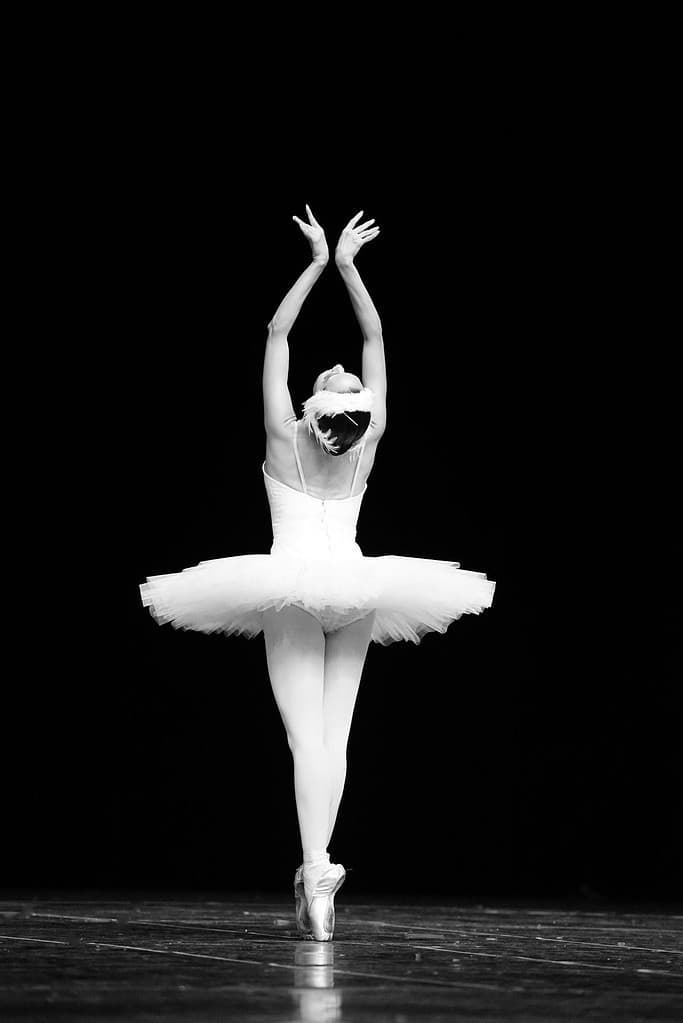
SAGGY ELBOWS AND BROKEN WRISTS
The second common mistake is when both the elbows are not lifted properly and the wrists form angular shapes that break the line of the port de bras.
This is visually a bit of a downer in terms of ballet aesthetics, but it’s quite common for young dancers who are still learning how to hold and support their arms.
Moreover, it signifies a lack of proper support and energy in the arms and upper body, both of which are crucial for executing a captivating port de bras.
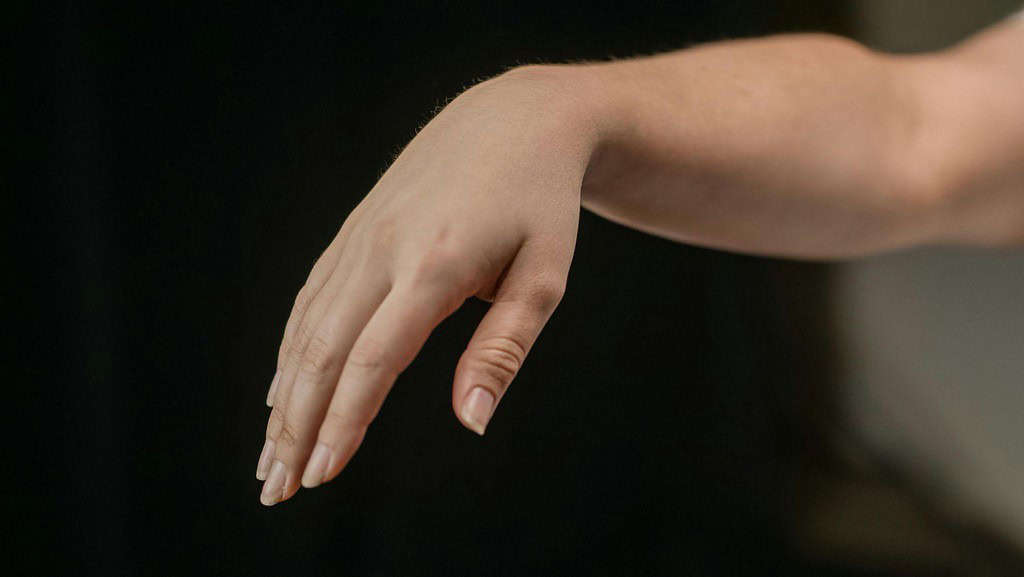
THE DREADED CHICKEN WINGS
The third common mistake is what dancers refer to as chicken wings.
This term refers to the protrusion (or sticking out) of the shoulder blades which, you probably guessed it, looks like chicken wings.

This issue typically arises from muscle strength imbalances or improper posture, detracting from the graceful and elegant appearance of the upper body and arms.
PORT DE BRAS TIPS FOR BEGINNER DANCERS
Here are three tips for beginner dancers to incorporate into your daily practice to achieve a correct ballet port de bras technique.
TIP 1 – IMPROVE POSTURE FROM THE GET-GO
Improving your posture from the outset, allows you to immediately address bad habits like arching your back, slouching, protruding rib cage, or raised shoulders.
By focusing on posture, you can establish a solid foundation for the upper body, providing the support and stability necessary for fluid and controlled arm movements.
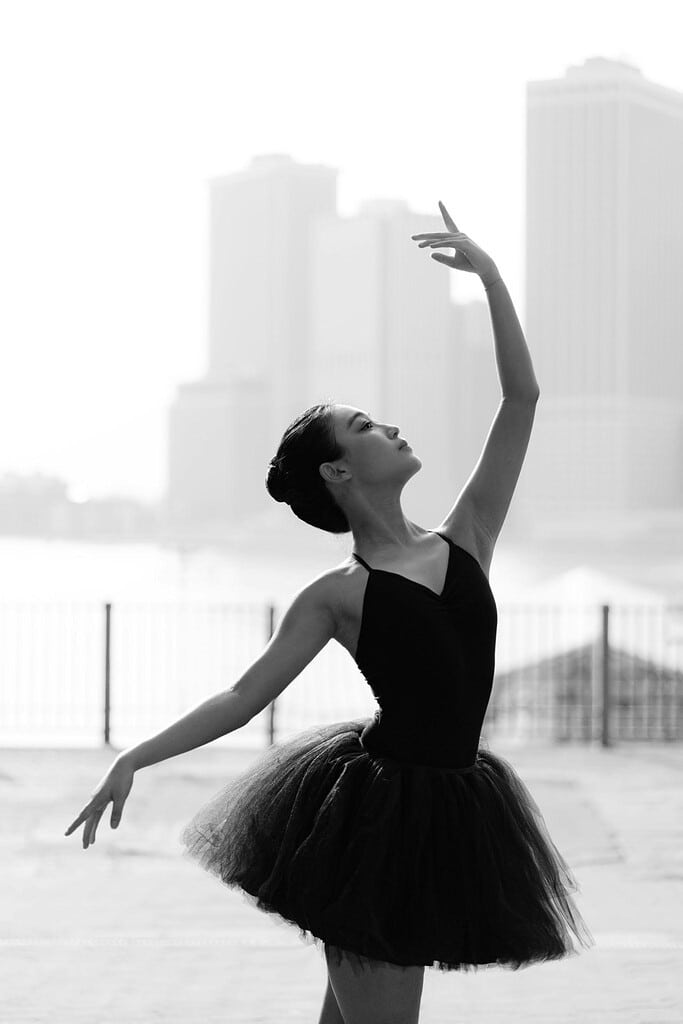
RECOMMENDATION
Stand in front of a mirror to observe your natural stance and identify areas needing attention or correction.
Don’t just face the mirror; turn sideways to assess your back and rib cage positioning.
Are your shoulder blades protruding? Are you engaging the necessary muscles?
This practice helps maintain proper posture and improve overall technique.
Once your posture is aligned, your arms can move freely with ease and grace.
TIP 2 – WATCH AND LEARN
Observation is a valuable tool for beginner dancers who are developing an understanding of port de bras and the various shapes and positions the body can create through ballet movements.
Watching others can help dancers internalise the nuances of a beautiful port de bras and refine this technique until it becomes second nature.
If you’re interested in more helpful tips and advice, Claudia Dean World has a great video to help you master expressive, elegant port de bras.
Video credit: Claudia Dean World
RECOMMENDATION
Watch more advanced dancers at your school or your favourite professional ballet dancers on social media platforms.
By studying their movements, you can mimic them and experiment with what feels natural and complements your body and dance style.
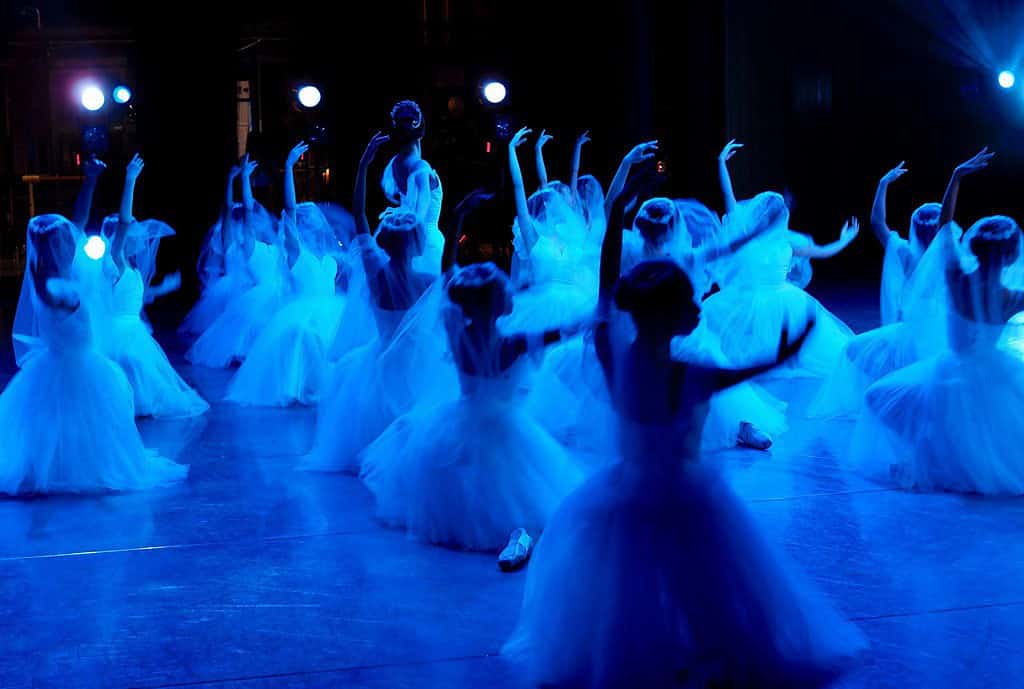
Remember, dancers train for many years, constantly fine-tuning their technique. The arms are simply one aspect, so don’t get frustrated if you don’t notice a change immediately.
TIP 3 – CONTINUING THE LINE OF THE ARMS
In ballet, arms often form a rounded shape with slightly lifted elbows.
You might hear your teacher say, “Lift your elbows!”
Drooping elbows are visually unappealing but also give a lifeless and heavy appearance, lacking the necessary support for the technical demands of ballet.
Additionally, the wrists should align with the arms, avoiding unwanted breaks in the line.
RECOMMENDATION
While you might think lifting your elbows is enough, it can be quite challenging.
You also need to learn how to isolate muscles from each other, as some dancers tend to lift their elbows and shoulders at the same time.
As you lift your elbows, imagine they are gently being pulled outward in opposite directions.

For the wrists, extend energy through the fingertips to maintain a smooth and continuous line, ensuring your arms have both energy and support.
PORT DE BRAS TIPS FOR ADVANCED DANCERS
Here are three tips for advanced dancers, that build on the basic principles of a ballet port de bras, that can be incorporated into your daily practise to perfect this movement further.
TIP 1 – DON’T FORGET TO STRETCH
Sometimes, our port de bras can become restricted or tense due to overly tight muscles, hindering our ability to move freely.
Stress is common among dancers due to demanding schedules and the nature of the profession.
Remember that this stress can often build up tension in the neck and shoulders.
RECOMMENDATION
Generally, rounded and lifted shoulders are due to tight muscles in the chest and neck.
To alleviate this, try using a tennis ball to gently massage pressure points. Alternatively, use a wall to stretch and increase your range of motion.
Focus on stretching your neck, shoulders, chest, and back.
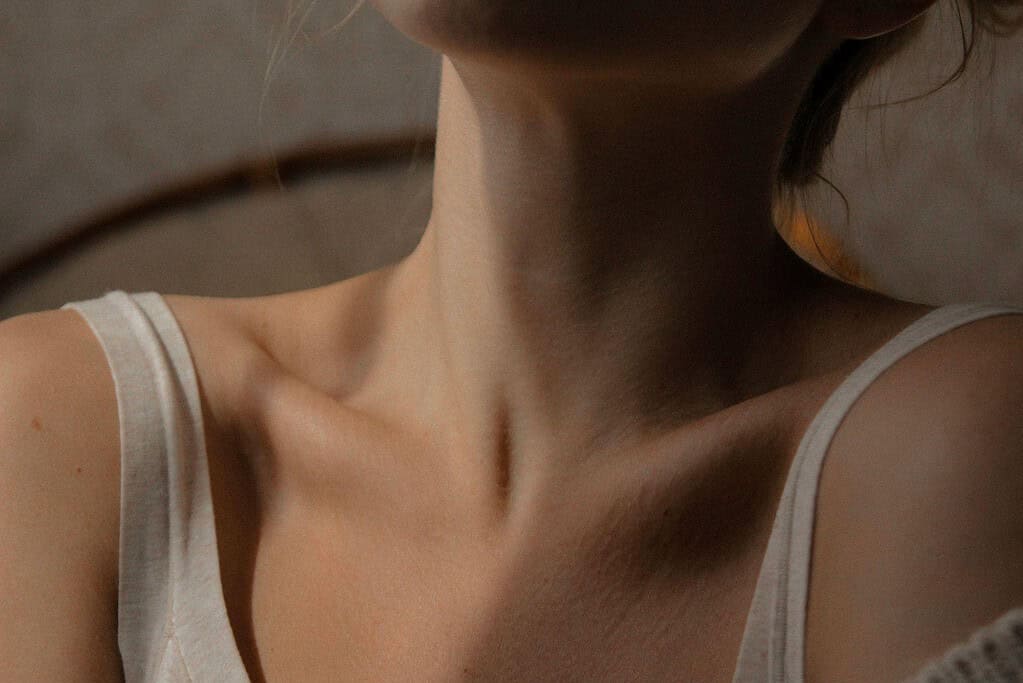
If you have extra time and cash, consider booking a professional massage, it might be exactly what you need.
TIP 2 – PRACTISING TRANSITIONS
Practising smooth transitions to refine arm movements and coordination in ballet can greatly enhance the look of your port de bras.
With strong attention to detail and constant repetition, you’ll be able to achieve arms that float gracefully from one movement to the next!
RECOMMENDATION
To put this concept into practice, try flowing through a series of different port de bras.
For example,
Alternatively, flow through third or fourth positions, or explore different lines of arabesque.
Fourth arabesque, in particular, showcases a beautiful positioning where the arms are extended and fully stretched in one long line.
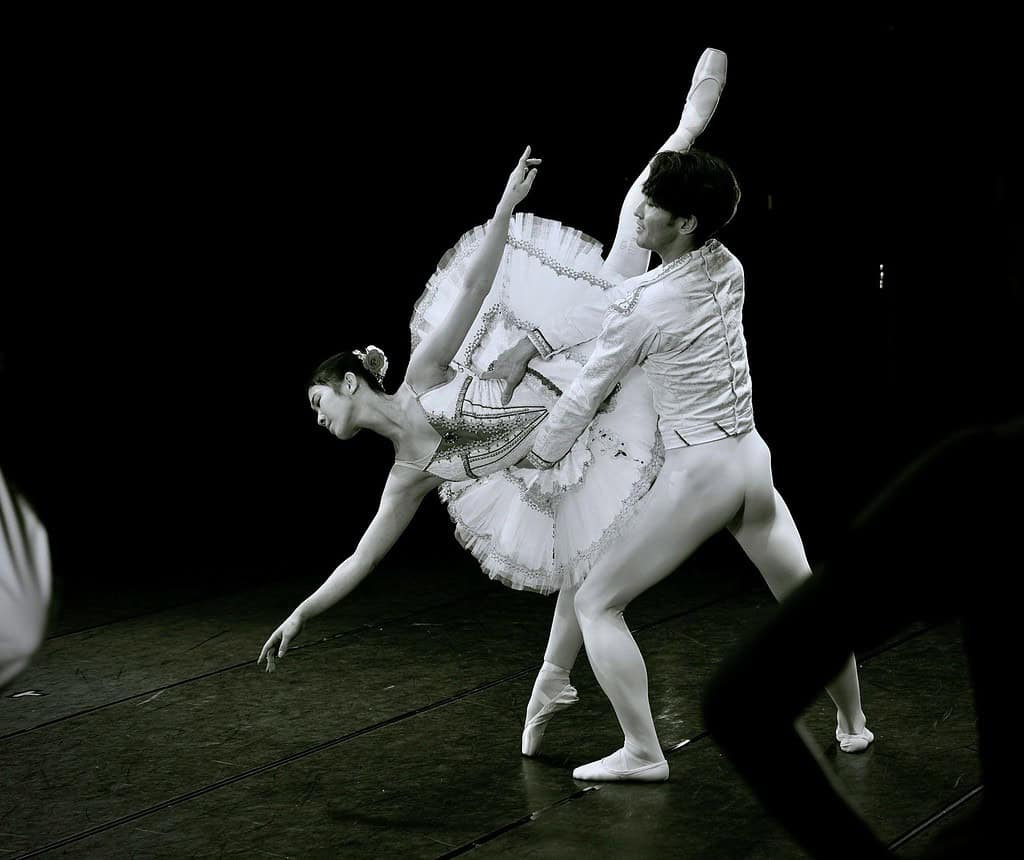
The back twists and the upper body reaches its maximum twist and stretch simultaneously.
TIP 3 – STRENGTHENING YOUR UPPER BODY
If you struggle to hold your arms properly, it might be due to a lack of strength and endurance needed to maintain positions for extended periods (dancers don’t only use their legs!).
By consistently working on these areas, you should see improvements in your ability to hold and move your arms effectively in dance.
RECOMMENDATION
Your upper body comprises several major muscle groups (ie. shoulders, upper back, chest, arms, core), all of which need to function efficiently.
I recommend incorporating upper body conditioning into your routine using exercises below to improve your overall muscular strength:
For a greater challenge (suitable for advanced dancers), try adding light hand weights or use a theraband to fine-tune those delicate arms and create long, lean lines.
For a fast upper body conditioning routine, try Maria Khoreva’s workout which offers exercises to enhance strength and endurance.
Video credit: Maria Khoreva
WRAP UP
Port de bras is all about being diverse and versatile, much like dancers, who need to portray different styles and characters.
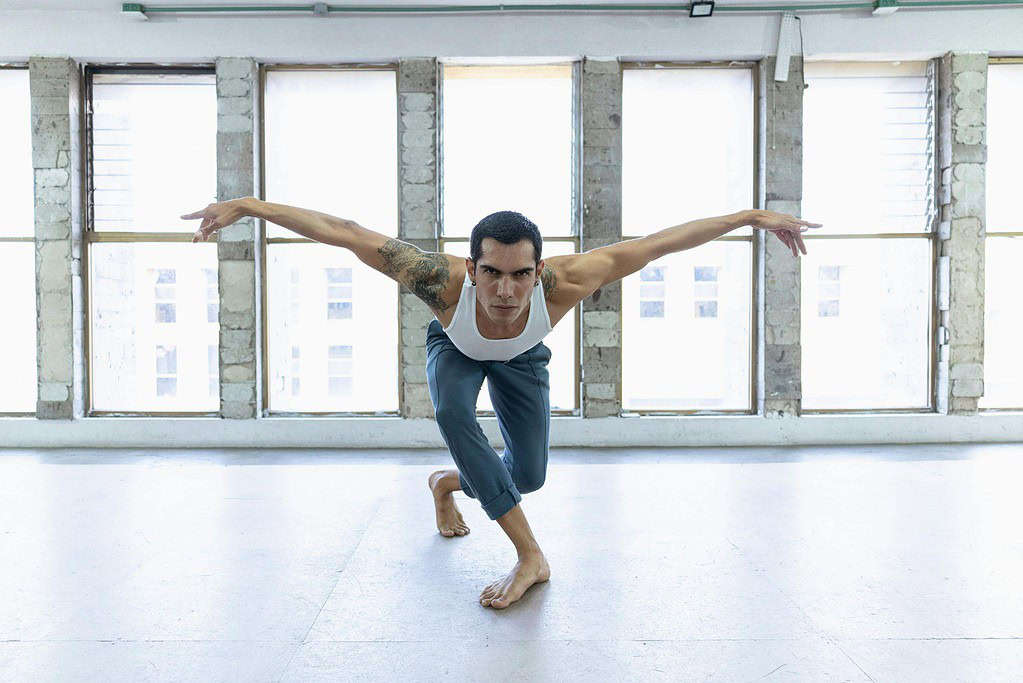
That’s why port de bras is not just about being soft and dainty, it’s about being sharp and dynamic.
Once you’ve established a strong foundation in port de bras, it opens the door to artistic expression.
Incorporating the above tips and recommendations into your daily practice can help transform your dancing, and elevate your performance to new heights.
Get ready to shine on stage and be remembered by audiences!






